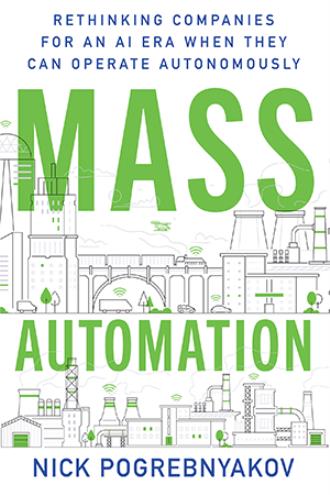Whether you love science fiction or not, it’s hard to dispute that many of the ideas first described there have a surprising tendency to materialize as reality, or to inspire it in some way.
Look at the idea of flying cars. Yes, I’m talking about the ones that in 2023 were approved by the US Federal Aviation Administration (FAA) and in 2024 by China’s Civil Aviation Administration. Decades earlier, movies such as Fantômas se déchaîne (Fantomas Unleashed, 1965) and The Fifth Element (1997) imagined them in graphic detail. This provided a vision that scientists, entrepreneurs, and regulators could use to develop technologies that would turn this vision into actual products. When technologies matured and all the pieces became available, it was a matter of putting them together into a flying car and regulators getting in on the action. As for customers, such stories primed them to expect machines like this, and they easily got on board when companies started testing prototypes.
An engineer thinking about where to take their career next or an entrepreneur pondering an idea for their new company can do worse than open a sci-fi book and think about which of the ideas described there might soon become the next big thing. The logical next step would be to identify what’s already available to make an idea a reality, and what critical pieces are missing. And then? Work on creating those missing pieces. From the spark of fantastical ideas, science fiction has supplied a deep well of fresh thinking, inspiring engineers and others regarding how technology might advance and what products humans might expect in the future.
But wait. How are those products of the future made? Who provides people with services, and how does the company of the future work? Whenever science fiction describes factories, they are completely automated. But who owns them? How do customers find their products? How do they know how many products to make? Ignoring these questions is behaving like children that play with toys and eagerly wait for new ones, but they never wonder who made them or where they come from. In short, how would the whole cycle of business, from ideation to the consumer’s purchase, work?
The twist is that the technology that could make companies automated was, by and large, already developed as of 2025. There is a plethora of products that digitize processes, automate actions, and drive decisions by rules and probabilistic algorithms. What we do not have is an amalgamation of all this technology into an automated company. The reasons for that are legion: the time it takes for companies to switch human-enabled processes to automation; the unfortunate reality of incompatible systems even within a single company that hampers the flow of data and decisions; and the technical difficulties associated with automating certain actions and decisions.
Another blocker is arguably the lack of a blueprint, an overall plan for how to apply technology to design and run automated companies. We do not have a vision illustrated in a text or a movie in so much detail that we can almost touch it, a vision that would show how automated companies operate in a market economy. Where would managers thinking about their company’s future look for inspiration? How can anyone see the road ahead amid a fog of daily technology announcements? How would that manager prioritize potential new vendors in a way that would ensure that the company keeps its competitive edge—all while battling today’s technological silos and yesterday’s legacy systems?
Even if all those issues were resolved, the company would still have human owners and decision-makers. They would be placed in a few key positions to set the direction for the company and make decisions that are difficult for machines. For this reason, it’s more accurate to speak of nearly automated companies.
This book is an attempt to paint that detailed picture, to show how a company operates in a world of mass automation. My hope is that engineers, entrepreneurs, managers, regulators, and academics will all find something useful in this book that would help them assemble existing pieces—or work out pieces that are still missing—to help establish automated companies. How can I be certain that company processes will become automated? Because sci-fi says so.
And because this is what my experience, as both an engineer and a business school professor, tells me. A mathematician by training, I have worked in both worlds, through a thirteen-year stint as a business school professor to years as a machine-learning engineer with my hands deep in code at companies ranging from small startups to large ones like Twitter, with a sprinkling of startup founder experience. In my head, business fundamentals and technology details happily live together. When that happens, it drastically reduces the risk that a given output doesn’t make sense for managers or engineers.


